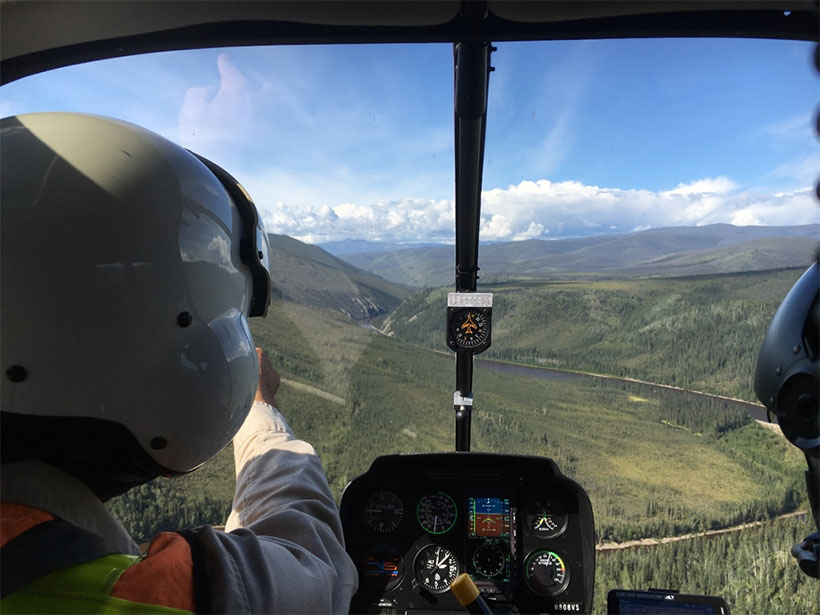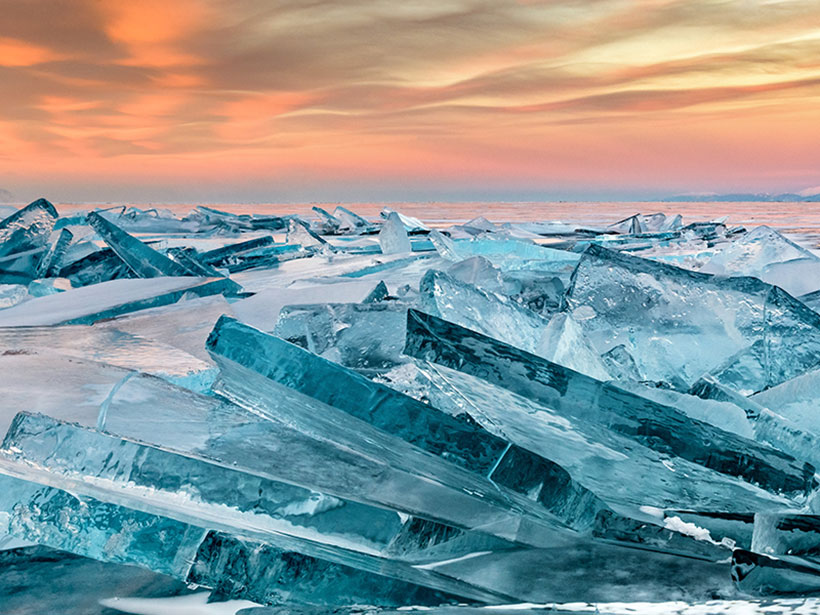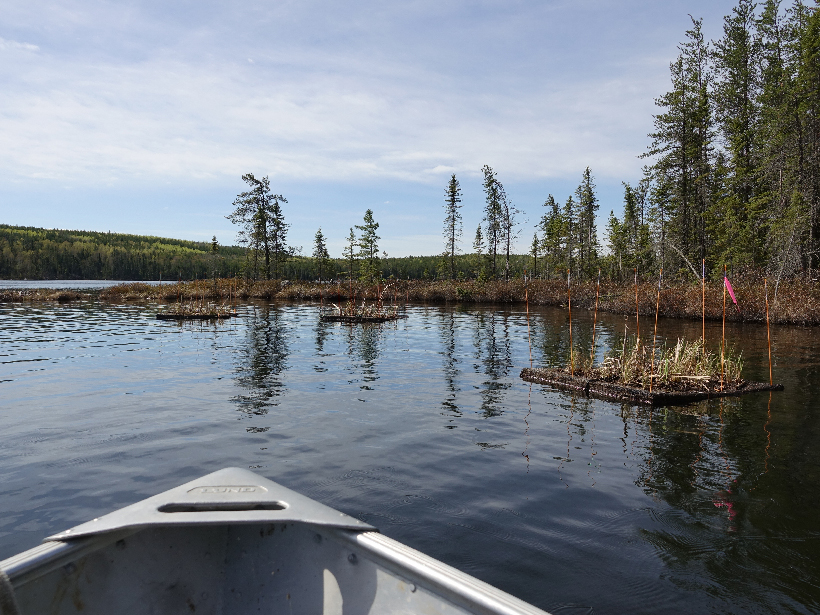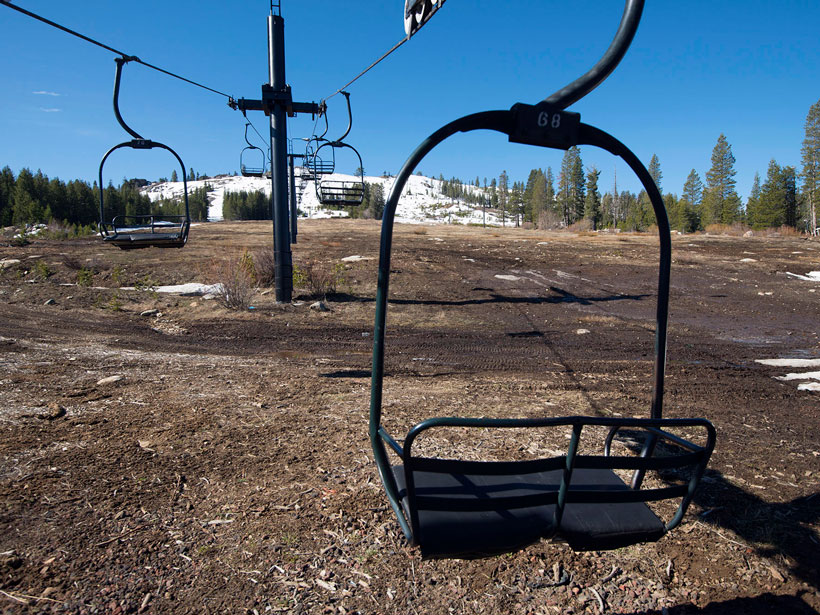Fieldwork is revealing a history of landscape evolution over the past 5 million years that links climate change and river capture to critical mineral resources across the Alaska-Yukon border.
Canada
Big Questions, Few Answers About What Happens Under Lake Ice
Scientists long eschewed studying lakes in winter, expecting that cold temperatures and ice cover limited activity below the surface. Recent findings to the contrary are changing limnologists’ views.
How Does a Greening Arctic Affect Groundwater Recharge?
New research examines how shifts in aboveground ecology influence belowground hydrology in the Arctic.
Fieldwork in the Experimental Lakes Area Adapts to COVID-19
Though anticipating long days and hard work as a few key crew members do the job of many, researchers heading to the lakes this summer are excited to leave the house.
Searching for Mount Meager’s Geothermal Heart
A field expedition into the British Columbia wilderness involving helicopter drops, mountain and landslide traverses, and treacherous ice caves aimed to facilitate geothermal exploration in Canada.
Remote Landslide Puts Fraser River Salmon on Shaky Ground
An alliance of First Nations, provincial, and federal leaders worked with scientists, engineers, and emergency responders to rescue critical salmon stocks in western Canada.
Here’s What Your Favorite Ski Resort May Look Like in 2085
Ski seasons at many of North America’s western resorts might melt away by 2085 because of warming temperatures.
Indigenous Knowledge Puts Industrial Pollution in Perspective
A 3-year project documents how climate change is affecting the sequestration of decades-old mining by-products in Canadian lakes.
What Wildfire Smoke Tells Us About Nuclear Winter
A cloud of smoke from 2017 Canadian wildfires was so huge that it self-lofted and stayed in the atmosphere for 8 months. Scientists used it as an example for climate simulations of nuclear warfare.
The Toxic Legacy of DDT Lives On in Remote Canadian Lakes
DDT and its breakdown products permeate lake sediments decades after the pesticide was banned.










